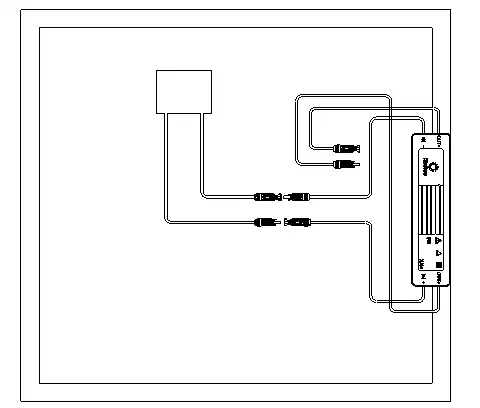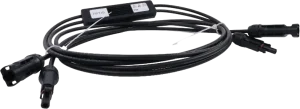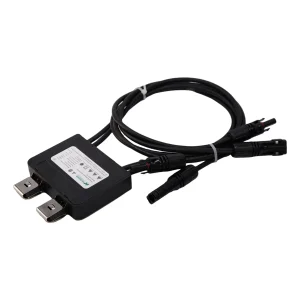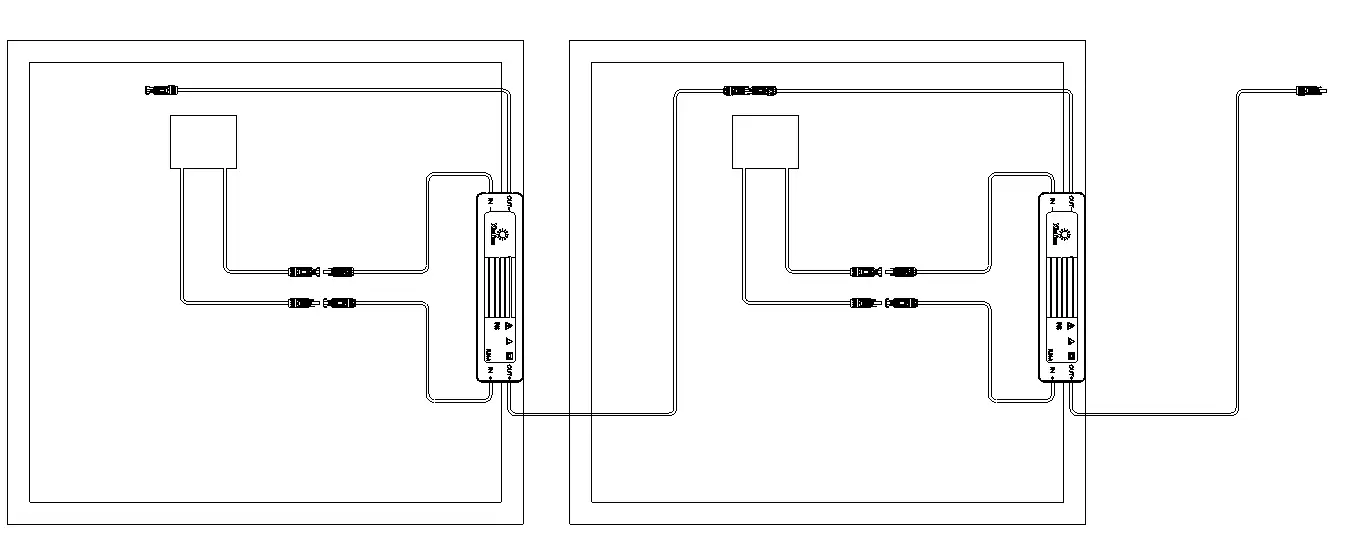All you should know about Rapid Shutdown Device (RSD)
What is a Rapid Shutdown Device?
A Rapid Shutdown Device is a critical component in solar power systems designed to quickly and safely shut down the electrical output of a solar array. Its primary purpose is to enhance the safety of solar installations, especially in emergency situations or when maintenance work is required.
The device is typically used in photovoltaic systems and is responsible for rapidly de-energizing the solar panels to mitigate electrical hazards. This is particularly important during emergencies such as fires, where a swift shutdown can help reduce the risk of electrical shock for first responders and ensure the safety of individuals and property.
The functionality of a Rapid Shutdown Device is often integrated into solar inverters or implemented as a separate device within the solar array. It adheres to relevant safety standards and regulations, and its use is crucial for compliance with electrical and building codes in many jurisdictions.
What are Key components of a rapid shutdown system?
1. Rapid Shutdown Device (RSD)
The RSD is a type of Module-Level Power Electronics (MLPE) or microinverter installed on the backside of solar panels. Equipped with technology capable of rapidly shutting down and reducing the voltage output of the entire solar system, it complies with photovoltaic rapid shutdown regulations. An example is the Tigo TS4-A-F or 2F, which is one of our MLPEs that specifically adheres to rapid shutdown requirements. Tigo offers various MLPE options compliant with rapid shutdown regulations.
2. Initiator
The role of a Rapid Shutdown Initiator is just as its name implies. This device typically exists in the form of an emergency stop (e-stop) button within the inverter. Rapid shutdown can usually be initiated in two ways: manually (via an electronic stop button) or automatically (from the loss of power from the grid).
3. Inverter
Within the rapid shutdown system, you’ll need an inverter. The inverter is a device that converts the electricity generated by solar panels into usable energy for your home (for more information on this process, please refer to our previous blog posts). Many rapid shutdown initiators are housed within inverters.
These three components are known as Photovoltaic Rapid Shutdown Equipment (PVRSE). They are devices used within rapid shutdown systems to lower voltage to safe levels. National Electrical Code regulations in the United States stipulate that PVRSE and PVRSS must be UL certified to achieve the purpose of rapid shutdown.
Why is the RSD so important?
Rapid shutdown provides a secure method for firefighters or solar installation personnel to stop or reduce the voltage and current from a photovoltaic (PV) array, allowing them to work safely and effectively, avoiding electrical hazards. Shutting down or reducing the voltage at the module level on the roof minimizes or eliminates the risk of electric shock for firefighters, which may result from high voltages associated with solar modules.
How to choose a right RSD?
Regulatory Requirements:
Understand and adhere to local regulations, codes, and standards governing rapid shutdown systems for PV installations.
System Compatibility:
Ensure that the chosen rapid shutdown solution is compatible with your existing PV system components, including inverters, modules, and wiring. Compatibility is crucial for seamless integration and proper functionality.
Type of Technology:
Determine whether you require module-level power electronics (MLPE), such as module-level rapid shutdown devices (MLRSD), or microinverters equipped with rapid shutdown capabilities. Assess the advantages and limitations of each technology based on your system requirements.
Two typical system schemes
According to different actual applications, there are two typical system schemes:
As shown below, “Application I” applies to a single series system. The controller has 3 input and output ports, including one for receiving power from AC terminal and another two preinstalled with photovoltaic cable and connector (one male and one female), and the only thing to be done is to connect the photovoltaic string.
In case of AC power-off at the grid-connected end of the inverter or active disconnection of air switch in the controller, the component-level shutdown can be realized.

Which sites must be complied with Rapid Shutdown Devices?
In the United States, National Electrical Code regulations mandate the necessity of Rapid Shutdown Systems (RSS) for all new rooftop installations, encompassing both residential and commercial buildings. Additionally, buildings that have conductors entering spaces not specifically designed for housing photovoltaic system components also require this system.
Consequently, virtually all new rooftop installations in the United States necessitate either module-level power electronics or microinverters equipped with rapid shutdown capabilities.
Installation of Rapid Shutdown Device
Step 1. Installation of the PV rapid shutdown
As shown in the figure, clamp the button of the breaker into the frame of the photovoltaic module

Step 2. Connection of input and output lines
Connect the input line of photovoltaic shutdown with the output line of component junction box;
Replace the output line of component junction box with the output line of photovoltaic shutdown, and include it into the rear side after sequenced connection in series.

Some precautions
The installation must be completed completely and only by professional technicians, who must:
- Have received special training;
- Have read the Manual completely and understood relevant safety precautions in operation;
- Have a good knowledge of relevant safety regulations of the electrical system.






